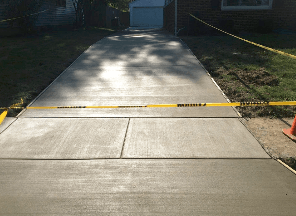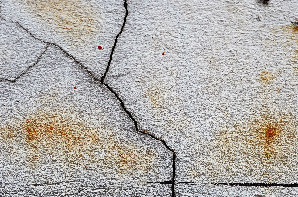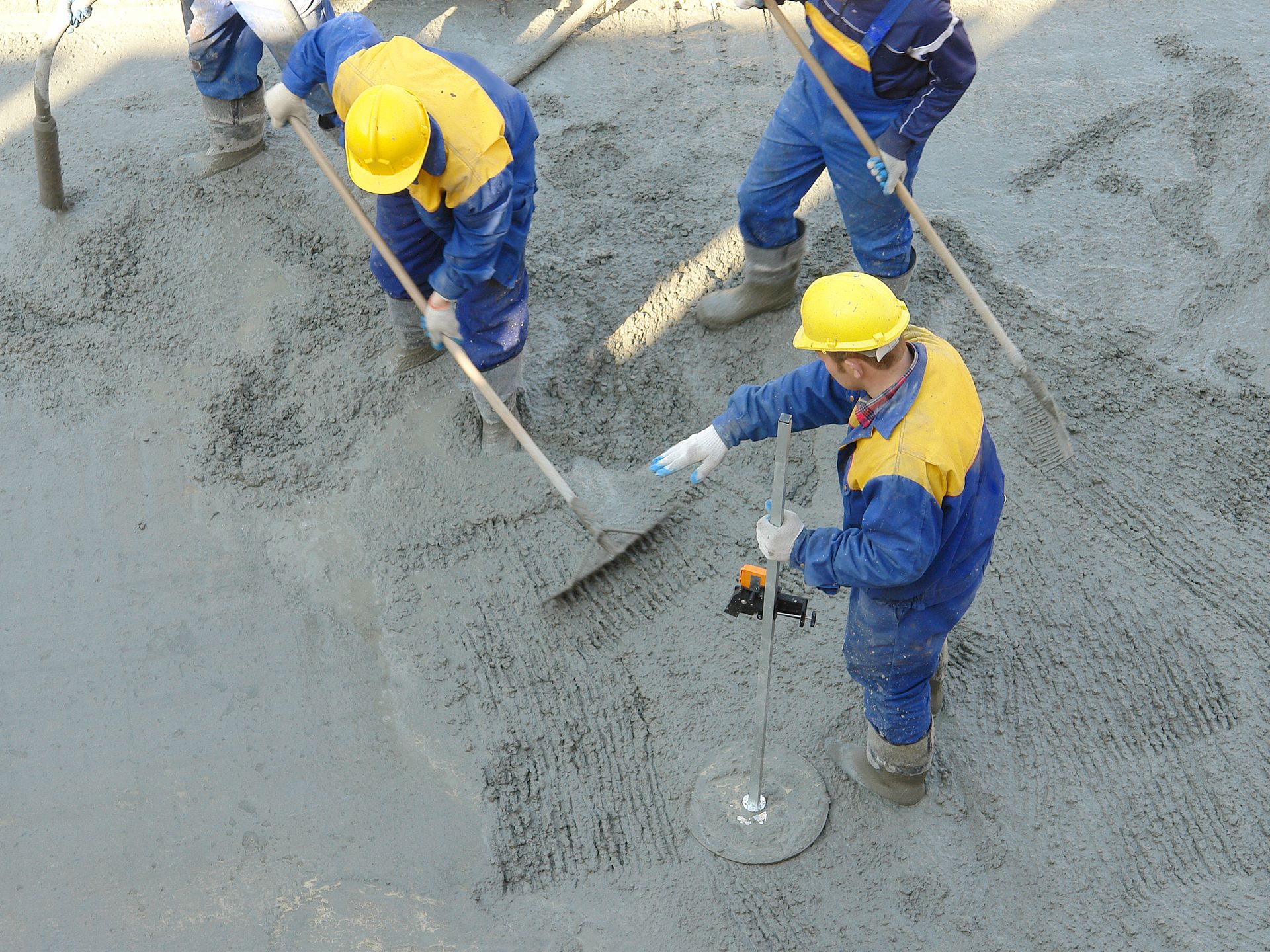3 REASONS CONCRETE IS AN EXCELLENT MATERIAL FOR BUILDING A SUSTAINABLE HOME
- By Southport Concrete Corp.
- •
- 20 Jul, 2018
- •
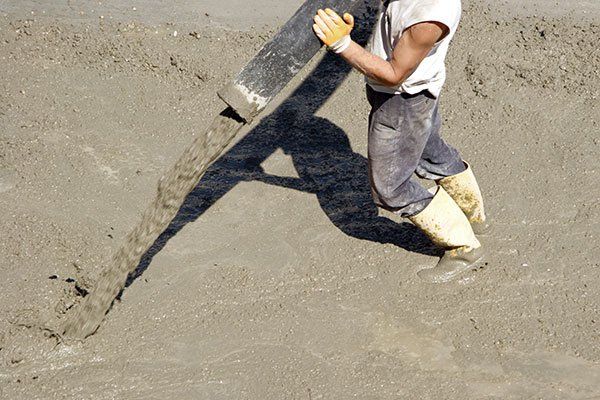
Building a brand-new home is a dream for many Americans. Having control over the style, layout and design of your home is a great way to have a home that is perfect for your lifestyle and needs and doesn't involve the many compromises that buying an established home may entail.
Along with room sizes, square footage and architectural features, creating a sustainable or green home is a very important consideration for a growing number of people across the country. By 2018, it's estimated that around 40 percent of the single-family housing market will be occupied by green construction.
If you'd like to build a sustainable home, then you've probably given a lot of consideration to the primary building materials that you're planning to use to construct it. Although there are many new ecofriendly materials that are available, concrete is an unlikely yet highly sustainable material that you may not have considered as a viable option for your green home.
Despite common perception, concrete actually meets most of the requirements that classify a material as sustainable. Here are three reasons you should consider concrete as one of the primary building materials for your brand-new green home.
1. IT'S HIGHLY DURABLE
Concrete is one of the most durable building materials available. It has a life span that is often many times longer than other commonly used materials. From a sustainability perspective, this is a very important characteristic. Long-lasting materials don't require regular replacement, which means a huge reduction in the use of resources over the life of your home.
Concrete also makes your home more resistant to the ravages of environmental elements. It won't rot, burn, rust or become infested with insects. This not only means a longer life span, but it also means that you won't need to spend valuable resources or money on preventing and repairing these issues over time.
2. IT HAS EXCELLENT THERMAL PERFORMANCE
Another vital characteristic of a sustainable home is how efficient it is in reducing the energy needed to keep it warm or cool throughout the different seasons. Insulation is an important part of achieving this characteristic, and concrete is a highly insulative material that is comparable to or better than many other sustainable building materials.
Concrete is an excellent material for providing thermal mass. Essentially, thermal mass refers to a material's ability to absorb and retain heat. In a cold climate, this is helpful for capturing the interior heat provided by your heating system and keeping your home warm.
In a hot climate, concrete's thermal mass can help keep your home cooler by absorbing exterior heat from the sun to keep your home cooler through the day. The heat that builds up in the concrete is then dispersed during the cooler nighttime hours.
3. IT CREATES MINIMAL WASTE
The amount of waste that's created by a building material is another factor that contributes to its rating as a sustainable product. In this respect, concrete stands above most other green materials. Concrete is produced to meet specific volumes, resulting in very small, if any, leftover materials as waste products.
Concrete is also completely recyclable. Unwanted concrete can be crushed to use in the construction of driveways and roads and can be used as filler for hard landscaping projects. It can even be used as the aggregate component when mixing new concrete.
If you think that concrete could be a valuable asset as a primary building material for your new ecofriendly home, then contact the team at Southport Concrete Corp. With over 20 years' experience in supplying concrete products to their customers, We’ll be able to provide you with the right advice to ensure that your green building project runs smoothly.

- Cost effective: When anything is manufactured on a massive scale, your costs decrease substantially from having something custom poured.
- Superior quality: Being pre-cast, pilings are checked for every sort of defect before being installed, giving them an additional safety advantage.
- Underwater usage: There are several instances in which the pouring of concrete in certain types of subsoil or other environments won’t set. The use of formed piles easily takes care of that issue.
- Convenience: With a wide selection of piles all ready to go, you are able to select what you need and install them at your convenience.
- Adaptability: Trying to pour the exact shape you need is a thing of the past with concrete pilings available in square, round, octagonal and other shapes.
- Incredible strength: Because of the nature of the piles, the reinforcement used inside is more likely to stay put without getting disturbed or moving its place. They also have high bending and lateral resistance to hold their strength in adverse conditions.
- Eco friendly: With no leftover materials to clean up at the installation site, piles are the most environmentally friendly option when supporting your foundation and in other applications, such as retaining walls, embankments and cofferdams.
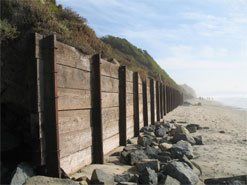
- Curved
- Vertical
- Mound

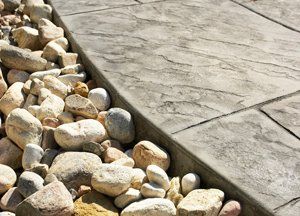
Although the terms cement and concrete are often used interchangeably, cement is actually an ingredient in concrete.
Concrete is basically a mixture of paste and aggregates. The aggregates are crushed stone or sand and gravel; the paste is made of water and Portland cement. Concrete material happens to get stronger as it gets older. Portland cement is not the name of a particular brand of cement; it’s the generic term for the type of cement utilized in almost all concrete (ex: stainless is a type of steel and sterling is a type of silver).
Pervious concrete, also known as "green concrete," is a choice that helps combat building code issues with storm water run-off.
Cement is composed of 10 to 15 percent of the concrete mix, by volume. Then through a process called hydration, the cement and water harden and bring together the aggregates into a rocklike form. This developing and hardening process continues for years, again meaning that concrete gets stronger as it gets older.

